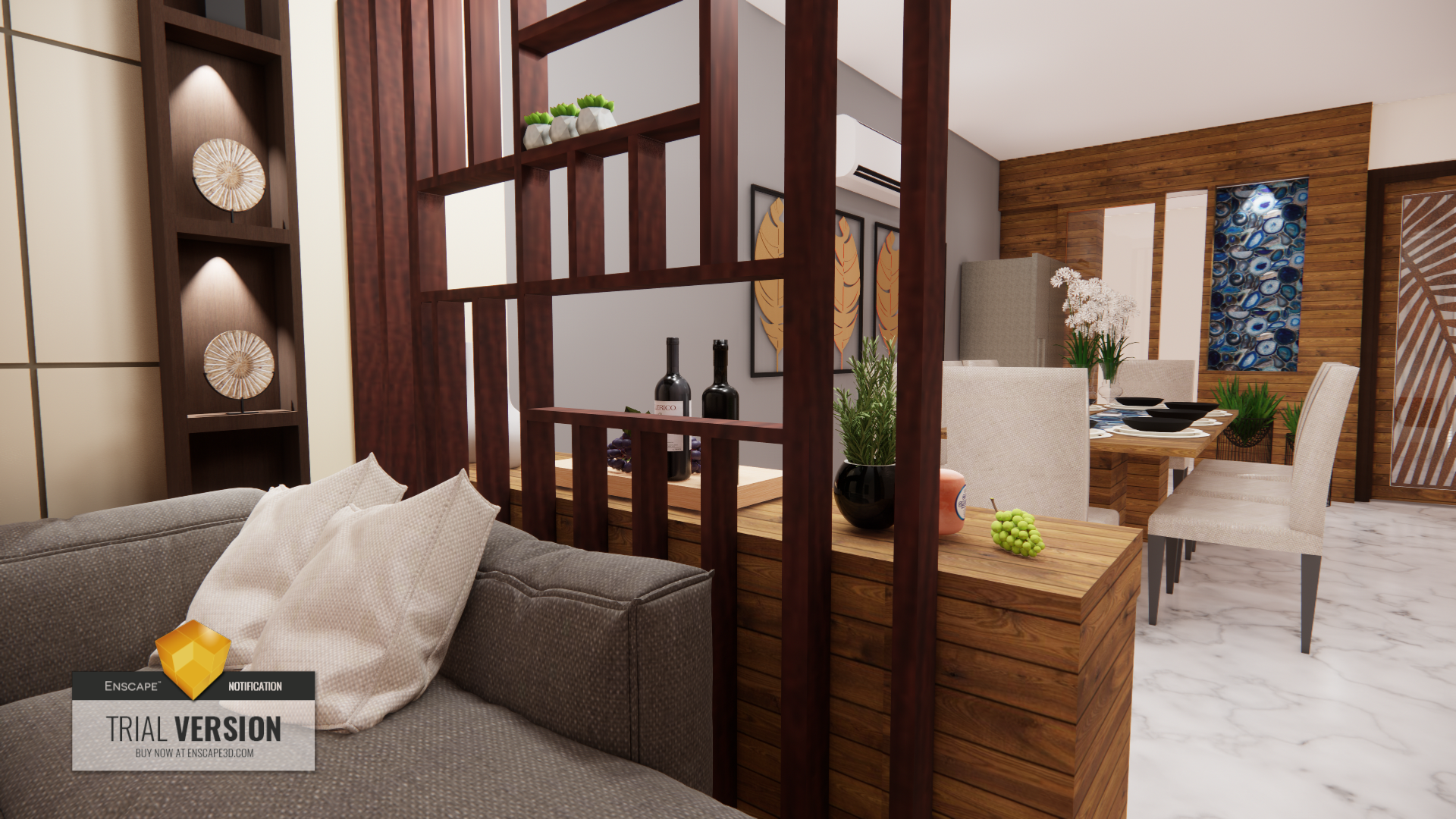The boundary between architecture and interior design is fluid and often overlaps, but you can think of their roles as part of a continuum rather than a strict line. However, some practical distinctions help clarify where architecture ends and interior design begins:
Architecture Ends (Typically) At:
Structural Elements: Foundations, walls, floors, roofs, beams, columns.
Building Envelope: Exterior design, fenestration (window and door placements), insulation, weatherproofing.
Space Planning at a Macro Level: Determining room sizes, relationships between spaces, circulation paths.
Core Building Systems: HVAC, plumbing, electrical routing, load-bearing considerations.
Code Compliance for the Structure: Fire safety, egress paths, accessibility, seismic or wind resistance.
Interior Design Begins (Typically) At:
Interior Space Planning: Refining how rooms are used, layout of furniture, flow of people inside spaces.
Surface Treatments: Finishes for floors, walls, ceilings (paint, wallpaper, tiles, wood, etc.).
Lighting Design: Task and ambient lighting layout, fixtures selection (though architects may set core lighting needs).
Material & Color Selection: Aesthetics of the interior—cohesion of colors, textures, and styles.
Furnishings & Decor: Furniture, art, rugs, plants, curtains, accessories—elements that personalize a space.
User Experience Design: Comfort, acoustics, atmosphere, and how people interact with the space on a daily level.
Where They Overlap:
Kitchen & Bathroom Layouts: Both may contribute to planning and material choices.
Built-in Furniture & Custom Fixtures: These are architectural in form but interior in function.
Lighting and Acoustics: These affect both the structure and the ambiance.
Example Scenario:
An architect decides where the kitchen is, how big it is, and what plumbing or electrical infrastructure is needed.
An interior designer decides how the kitchen looks and functions inside that space—cabinet finishes, lighting placement, backsplash tile, and even what kind of chairs work best at the island.
Summary:
Architecture lays down the form and skeleton, while interior design shapes the experience and soul of a space. One creates the container; the other defines the contents. Ideally, they work hand-in-hand from the start of a project for the most cohesive result.








